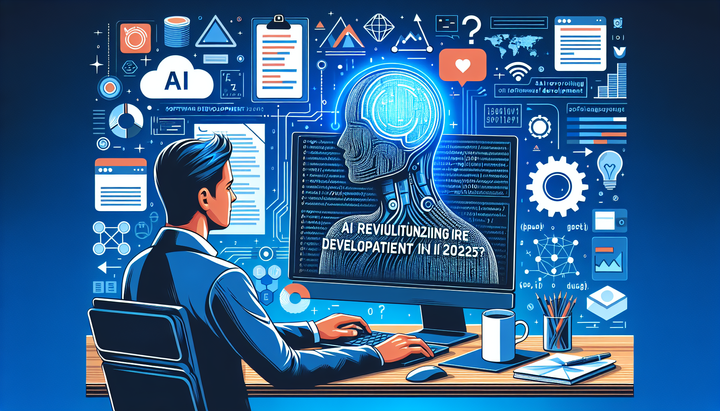Unraveling the Engima of the Three-Coffee Problem in IT: A BOFH Tale

Understanding the Three-Coffee Problem
In a thrilling tale of programming and problem-solving, the Boss hands over a problem to PFY and his team early in the morning. The problem in question is identified as a 'Three-Coffee Problem,' indicating its complexity and the need for imbibing the right amount of caffeine over an optimum time to tackle it.
Brain as a Flywheel: The Power of Coffee
The primary protagonist draws an analogy between his brain and a flywheel, with the latter requiring immense energy to start spinning. This energy, supplied by coffee, diminishes as it is consumed, slowing the flywheel and needing replenishment.
The Toolbox Analogy
In their exploration of the Three-Coffee Problem, the conversation veers towards understanding the levels of cognitive functioning with increasing amounts of coffee. It is concluded that with three coffees, the second tier of the mental toolbox opens, enabling complex problem-solving. The toolbox analogy helps understand the different tiers of cognitive capabilities, from basic to advanced, unlocked by calculated coffee consumption.
Maximum Recommended Speed and Beyond
As more coffee is consumed, the brain-flywheel begins to exceed its maximum recommended speed. The analogy extends to the use of advanced tools like a digital storage oscilloscope (DSO) and comprehensive manuals perfectly translated from the original languages.
The Need for Regulated Caffeine Intake
The story points to the importance of a balanced approach to caffeine consumption, highlighting the dangerous speed of the flywheel at high coffee intake. With the 'broken' coffee machine serving uninterrupted coffee, the saga ends on a note of humor, mirroring real-life IT offices' scenarios.



Comments ()